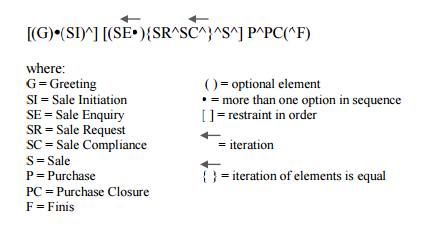Video has long been suggested for use in EFL classes but these uses have largely been limited to either lower affective filters of students and creating a better classroom environment or for focused grammar and vocabulary instruction in speaking classes (see Engh, 2013 for more). Recently, however, I’ve been experimenting with using music videos as a way of scaffolding genre instruction in writing classes (for more detail see Laybutt, 2018. It may seem strange to use music in writing classes but the focus is not on the music or lyrics of the song but on the visual language of the video itself, utilizing mainly a framework presented in Kress & Van Leeuwen (1996) and Rose & Martin (2012).
I specifically choose music videos that tell a story. A good example of that is the video for “Weapon of Choice” by Fatboy Slim, where Christopher Walken plays a hotel night manager who goes on a magic dance around the lobby.
The video follows the staging of a recount:
- Orientation – Walken is sitting slumped on an armchair
- Sequence of Events – Walken dances around the lobby
- Reorientation – Walken comes back to his feet
- Coda – Walken takes his place again in the armchair
The shift between stages is signaled very subtly through the interaction of music and image, camera angles and movement, and eye-movement of the Walken character. For example, if you look carefully, at the end of the Events stage Walken is looking directly at the camera but then his gaze shifts to look away from the viewer signalling the end of this dream-like sequence and the Reorientation to reality.
Some other videos I’ve found to be quite successfully incorporated into writing classes are A-ha’s “Take On Me”:
This can be used to introduce a narrative genre:
- Orientation – A woman is sitting in a cafe reading a comic about a man being chased by baddies.
- Complication – She gets dragged into a comic-book world to help the man
- Events – She must help him find a way to escape from baddies and get back to the cafe
- Resolution – She gets back to the cafe
- Coda – The man escapes from the comic book and they are together.
The different stages of the narrative are also indicated by the location in which the action takes place:
- Orientation – Cafe
- Complication – Comic book room
- Events – Comic book maze
- Resolution – Cafe
- Coda – Her bedroom
Or another video that can be analysed for the interaction of text, action, and music is “Young Folks” by Peter Bjorn and John:
The video can then be used to teach reported speech.
References
- Engh, D. (2013). Why Use Music in English Language Learning? A Survey of the
Literature. English Language Teaching, 6(2), 113-127 - Kress, G. R., & Van Leeuwen, T. (1996). Reading images: The grammar of visual design. Psychology Press.
- Laybutt, B. (2018). Introducing generic staging through music videos. Accents Asia,10(2), 26-31.
- Rose, D., & Martin, J. (2012). Learning to write, reading to learn: Genre, knowledge,
and pedagogy in the Sydney school. Sheffield: Equinox.

